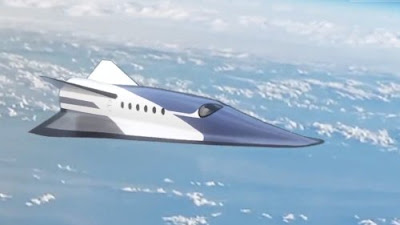AI to Keep Traffic Moving
Global Traffic Jams
Siemens Mobility System in India
Globally the number of cars on the roads are expected to double in upcoming decades. By 2040, there will be 2 billion cars. By comparison there were 1.3 billion in 2015. New innovations to keep traffic flowing and crash responses are sorely needed. There's an important innovation being tested in India.
AI Directing Traffic
Siemens Mobility has built a prototype monitoring system that uses artificial intelligence through traffic cameras in Bengaluru, India - a city notorious for traffic jams. At a control center, algorithms use the information to estimate the traffic density. The system changes the traffic lights based on real time road conditions. Another example is in Hagen, Germany. AI is being used to optimize traffic light control and reduce wait time. They say it's working and cuts the wait time up to 47%. Experts forecast that a combination of new communications technology with AI crunching vast amounts of data in real time may provide relief in upcoming years. That along with driverless cars and flying cars.
For more stories on innovation including AI and travel innovations, go to amazon.com/author/ekane
 |
| Source: India Traffic Jam |
Siemens Mobility System in India
Globally the number of cars on the roads are expected to double in upcoming decades. By 2040, there will be 2 billion cars. By comparison there were 1.3 billion in 2015. New innovations to keep traffic flowing and crash responses are sorely needed. There's an important innovation being tested in India.
AI Directing Traffic
Siemens Mobility has built a prototype monitoring system that uses artificial intelligence through traffic cameras in Bengaluru, India - a city notorious for traffic jams. At a control center, algorithms use the information to estimate the traffic density. The system changes the traffic lights based on real time road conditions. Another example is in Hagen, Germany. AI is being used to optimize traffic light control and reduce wait time. They say it's working and cuts the wait time up to 47%. Experts forecast that a combination of new communications technology with AI crunching vast amounts of data in real time may provide relief in upcoming years. That along with driverless cars and flying cars.
For more stories on innovation including AI and travel innovations, go to amazon.com/author/ekane



Comments
Post a Comment